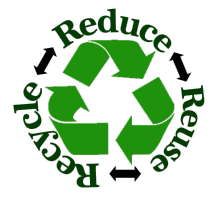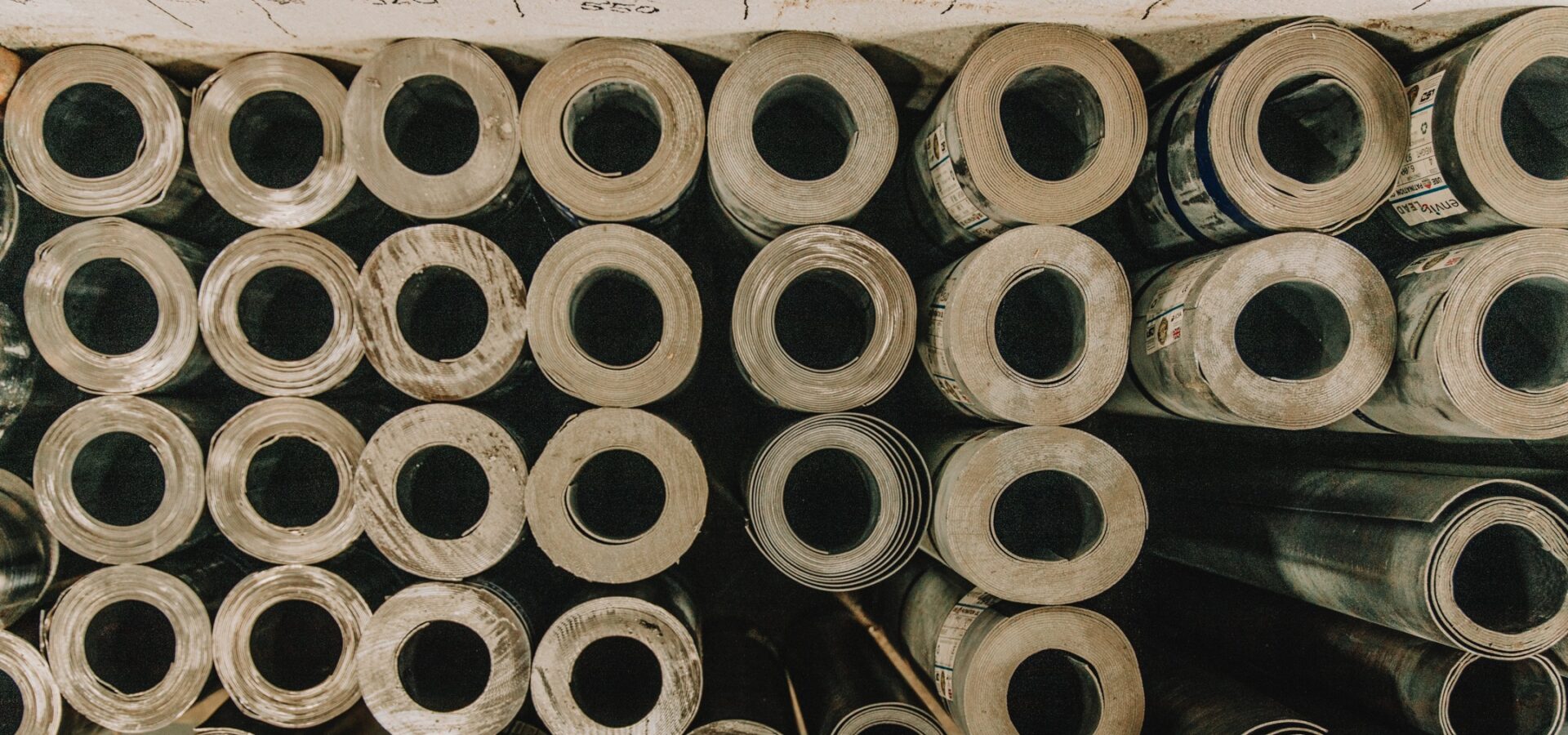Lead roofing sustainability

Lead is a sustainable roofing material that has been used for thousands of years. It is known for its exceptional durability and protection making it increasingly important in the construction sector today with architects, builders and roofers. With a lifespan of over 100 years, lead roofs do not necessitate frequent replacement like other roofing materials.
Lead is a 100% recyclable material, offering many advantages compared to other materials. Non-lead alternatives have a recovery rate of less than 10%. Unlike plastic flashings, which can become brittle and crack under UV rays, lead flashings provide superior durability. By preventing water ingress and protecting the roof structure. Lead is capable of substantially boosting a building’s green standing.
Rolled lead sheet has been awarded BRE Green Guide ratings of A and A+ when manufactured to British Standard BS EN12588.



